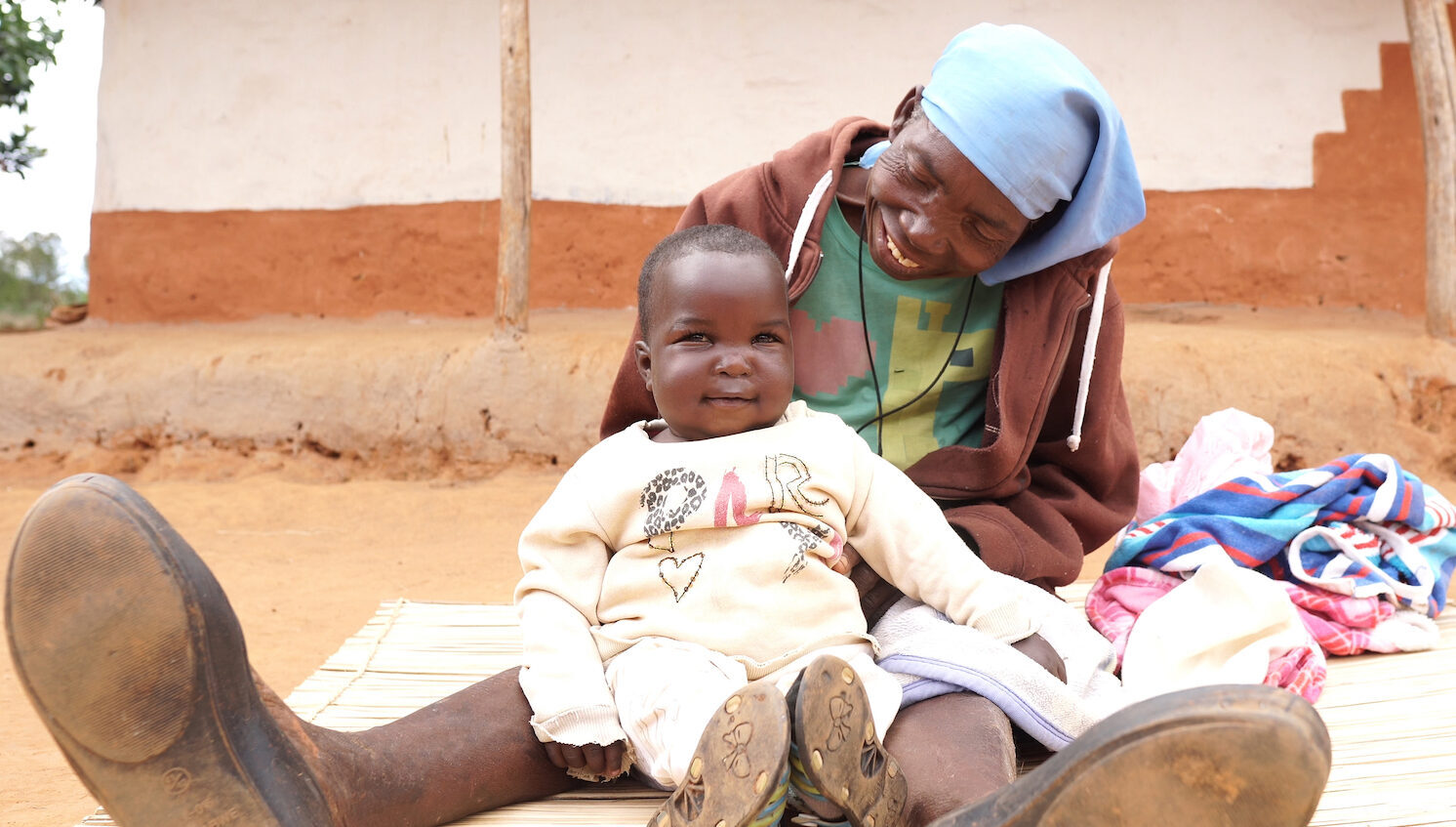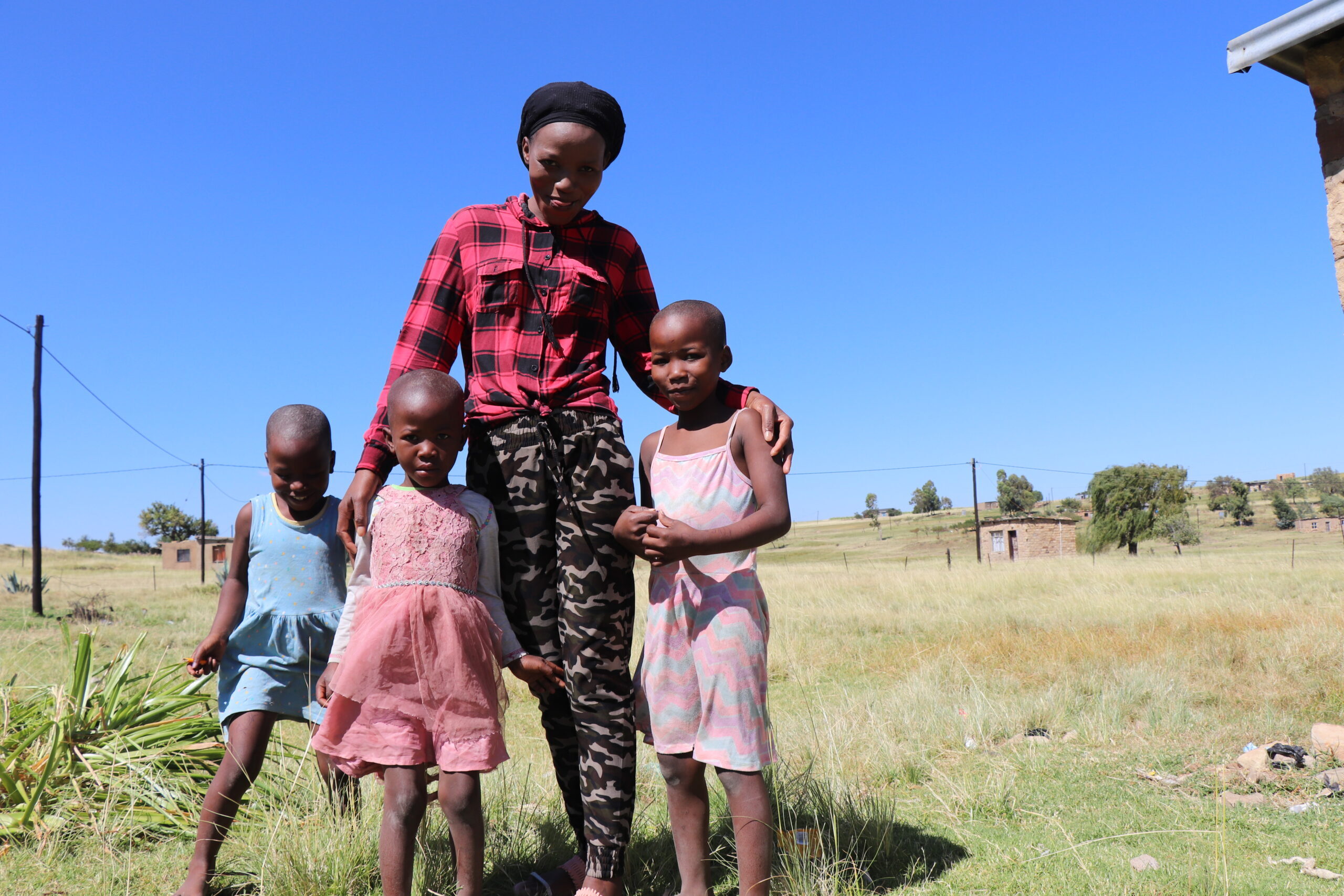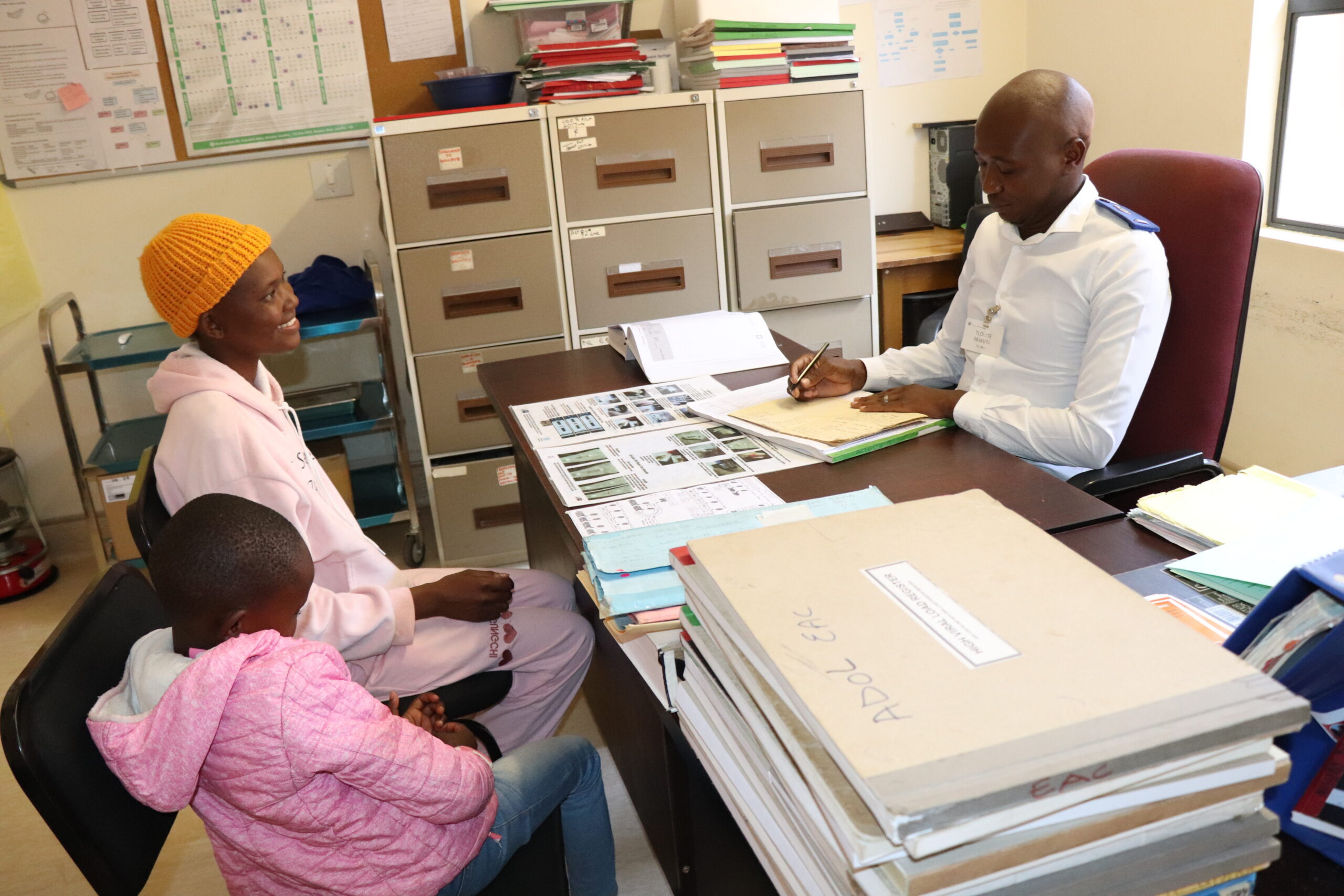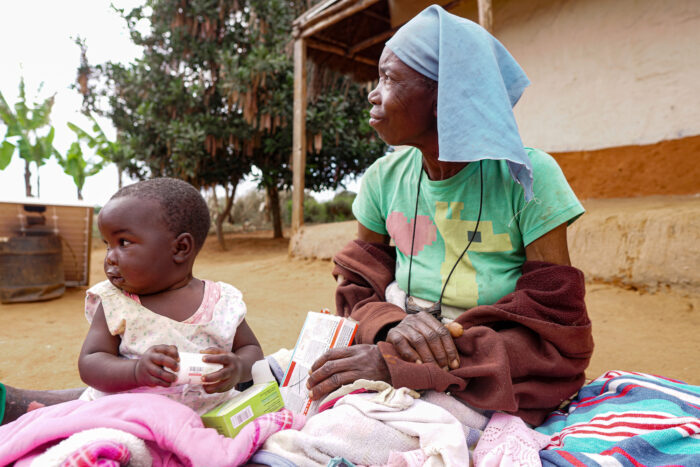 After the untimely death of her daughter in March, 75–year–old Mbuya (Grandma) Konde had no choice but to become the primary caregiver to her late daughter’s children: a 9-year-old boy and two girls, ages 4 and 1.
After the untimely death of her daughter in March, 75–year–old Mbuya (Grandma) Konde had no choice but to become the primary caregiver to her late daughter’s children: a 9-year-old boy and two girls, ages 4 and 1.
It had been a long time since she had paid attention to childhood growth milestones, but even so, Konde could see that her youngest granddaughter, Felistas, was not developing and thriving as she should. At 1 year old, Felistas still could not walk. She had no energy to play and spent most of her time crying. Even more worrying, Felistas had a cough that did not go away. Konde discussed her concerns with her husband, and they decided to talk to their local village health worker, who assessed the child and immediately referred them to the nearest clinic for further management.
Konde could see that her youngest granddaughter, Felistas, was not developing and thriving as she should.
At the clinic, the health care workers noted that Felistas presented with a persistent cough and night sweats. They also ascertained that she had been in close contact with her late mother, who had been treated for tuberculosis (TB) before she passed away. Felistas tested positive for both HIV and TB. She was initiated on TB treatment on the same day as the diagnosis. Antiretroviral therapy (ART) was initiated two weeks later, following national HIV treatment guidelines.
The TB treatment for Felistas consisted of two phases, the first being a two–month HRZE treatment with two daily tablets: isoniazid (H), rifampicin (R), and pyrazinamide (Z) combined in one tablet and taken with a separate ethambutol (E) tablet). While this treatment has been combined to just one tablet for adults, there is no treatment regimen developed yet for children that fixes this dose combination.
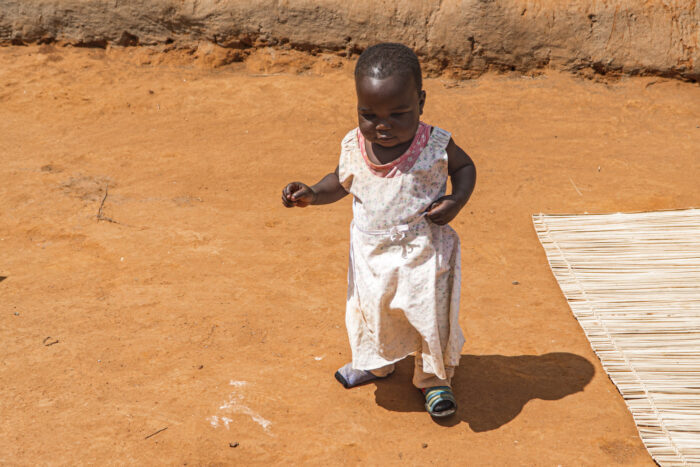
After completing this two–month intensive course, Felistas treatment was switched to the continuation phase, which comprises of daily isoniazid and rifampicin tablets for four months. Felistas completed her TB treatment in September 2020, and will continue on ART for HIV treatment for life.
When we caught up with Konde and Felistas, we were greeted by a bubbly little girl who was chasing the chickens in the family courtyard.
“She has come back from the dead,” said her grandmother, who was delighted to welcome a familiar health care worker.
“It is really hard to give her some of the medications, especially this one for TB. It is a job and a half!” says Konde. The grandmother says that Felistas’ other medicines, such as the child-friendly formulations for ART, are sweet and there is no fuss, but when it comes times to give her the TB medication, there are always tears and heartbreak as Konde has to force her little granddaughter to take them.
“She has come back from the dead,” said her grandmother, who was delighted to welcome a familiar health care worker.
“It’s tricky to prepare: we have to break up the tablet and mix it with a little bit of water and then hold her down to get her to swallow,” says Konde.
TB treatment for children is not available in child friendly formations. There no fixed–dose combinations optimized for children. This requires that caregivers manage multiple tablets when adults only need one. In additions, the treatment comes in adult–sized tablets, which infants cannot take without extra effort by the caregiver.
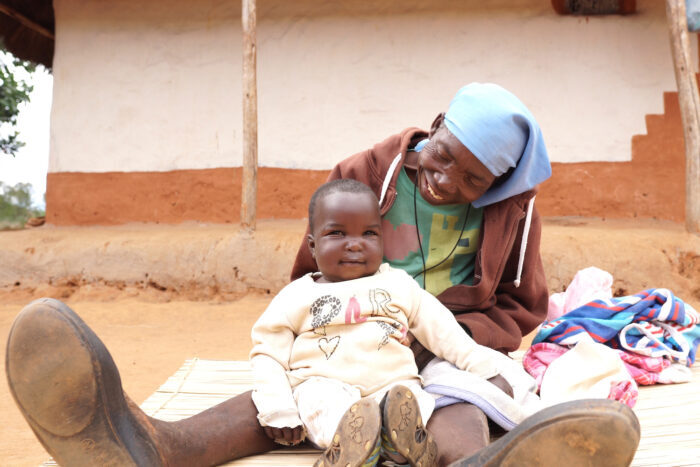
“It was very tough emotionally in the early days,” says Mbuya, “but seeing her gain strength, begin to walk, and thrive gives me the will power to continue to administer treatment every day.”

